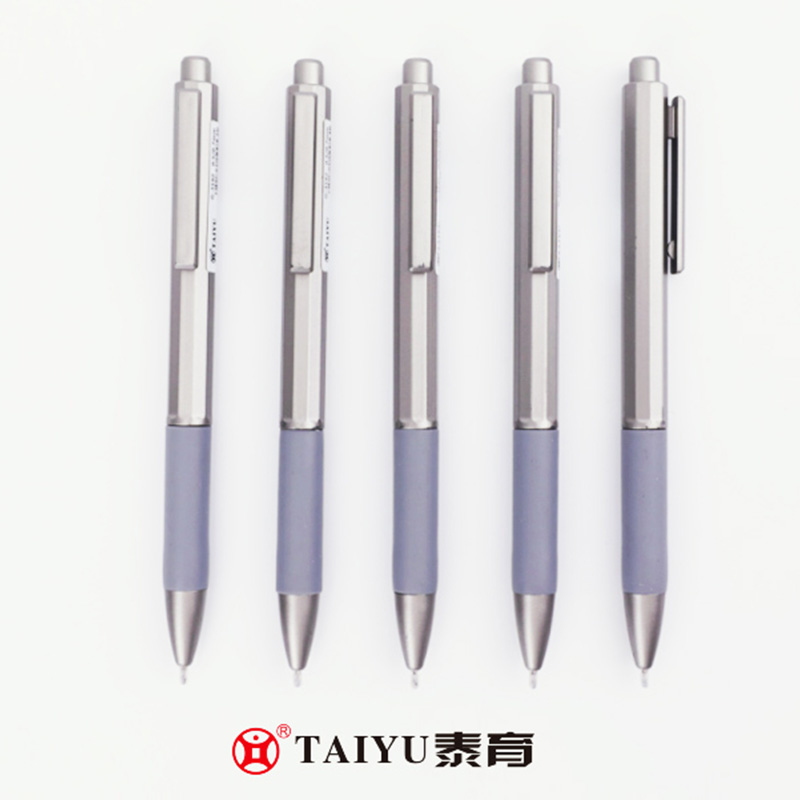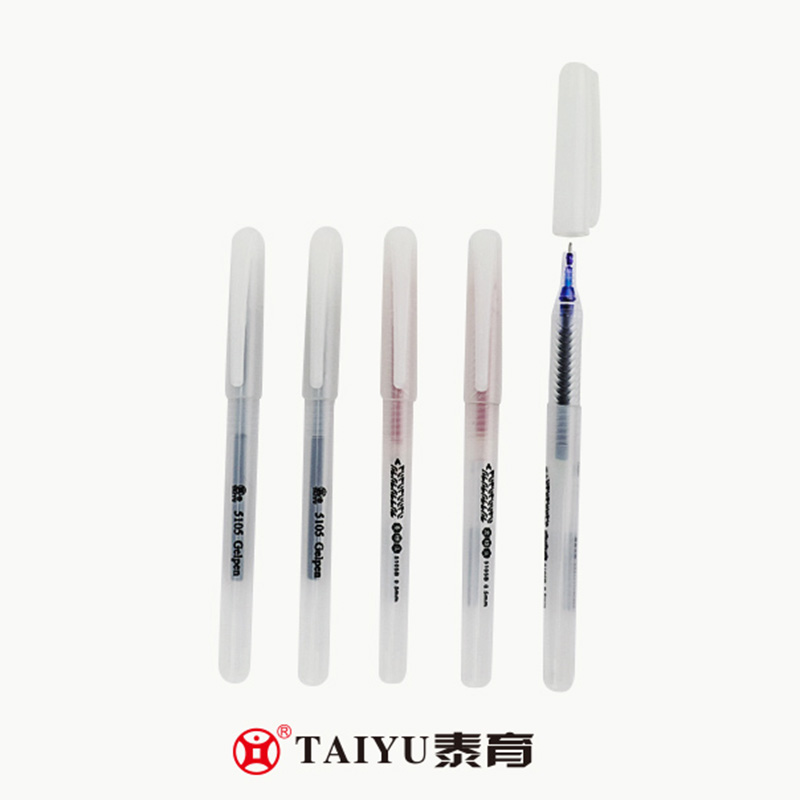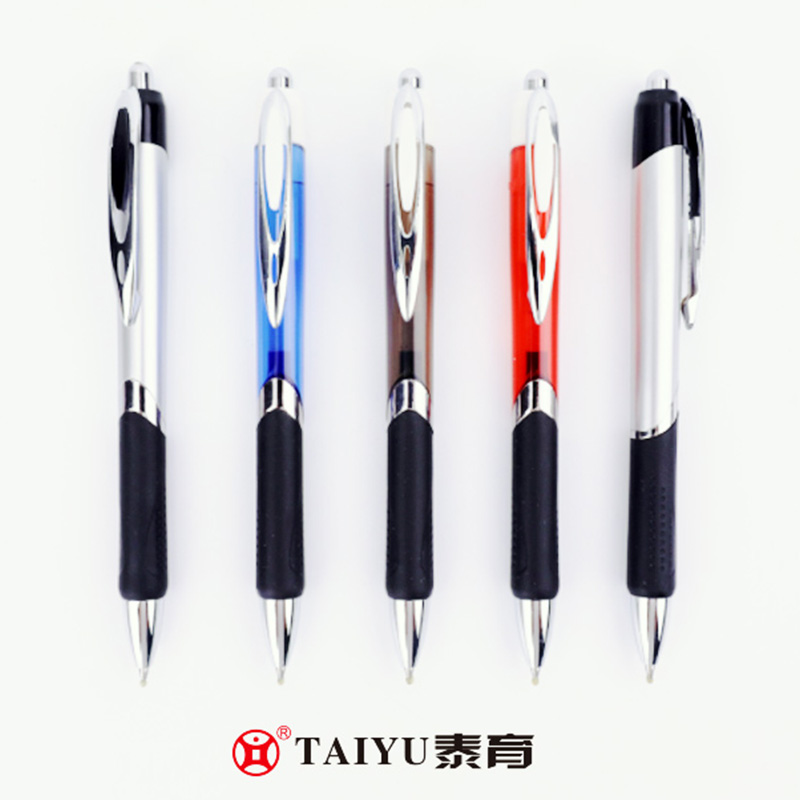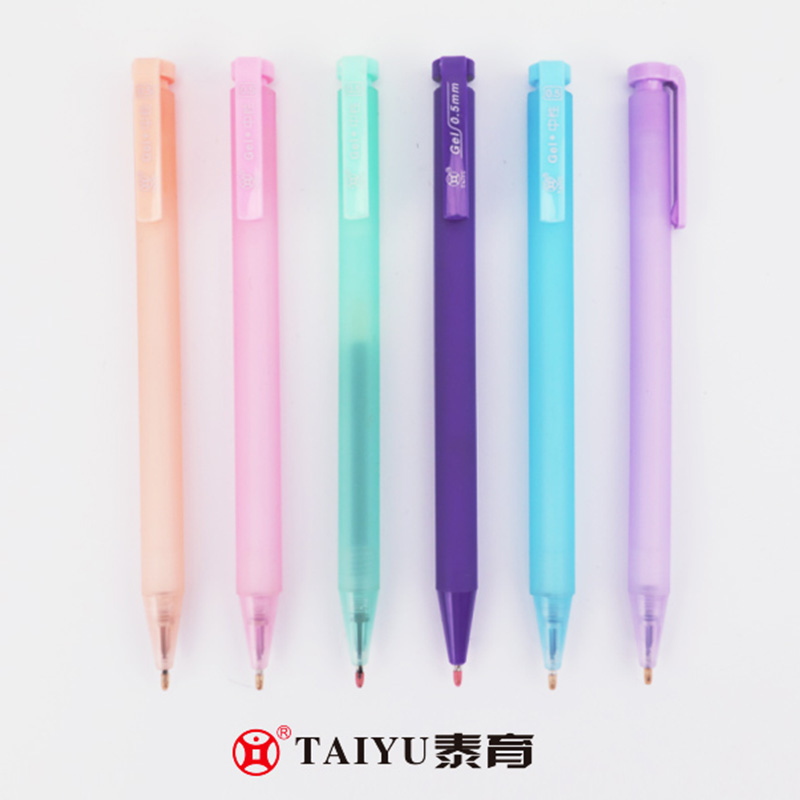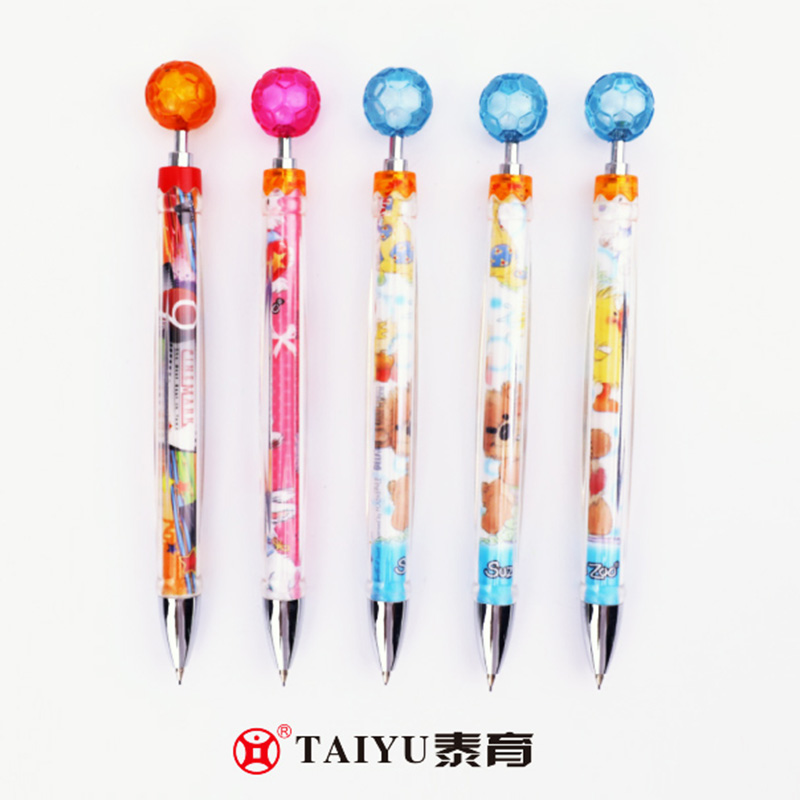What are mechanical pencils used for?
In daily study, work, and creative expression, mechanical pencils have become an essential tool. They are not only an upgraded version of traditional pencils, but also synonymous with efficiency and precision in modern writing, drawing, and engineering drafting. So, what exactly are mechanical pencils used for?
Content
I. Core Functions of Mechanical Pencils: Providing a Precise and Consistent Writing Experience
The most basic and important use of mechanical pencils is to provide a continuous and consistent writing style. Unlike traditional pencils that require frequent sharpening, mechanical pencils use a sophisticated internal mechanical structure to automatically extend the lead, always maintaining a sharp and consistent tip.
- Everyday Writing and Note-Taking: Whether it's students quickly taking notes and completing assignments, or professionals taking meeting minutes and drafting documents, mechanical pencils provide a smooth and clear writing experience. Their convenience greatly improves writing efficiency.
- Exams and Answer Sheets: In exam scenarios where standardized answer sheet filling is required, the fine and even lines of a mechanical pencil make it easier to accurately color within the designated area, reducing the risk of mistakes or illegible writing.
- Financial and Data Recording: In scenarios requiring precise and neat record-keeping, such as accounting or data statistics, the consistent line quality of mechanical pencils ensures the professionalism and readability of documents.

II. Professional Applications in Drafting and Design
Thanks to their precise control over lead length and the availability of various sizes (e.g., 0.3mm, 0.5mm, 0.7mm), mechanical pencils play an irreplaceable role in professional drafting and design.
- Engineering Drawing and Architectural Design: Architects and engineers need to draw precise lines, dimensions, and detailed diagrams. High-precision mechanical pencils (especially 0.3mm and 0.5mm drawing pencils) ensure uniform line thickness and geometric accuracy, which is crucial for the accurate representation of design schemes.
- Artistic Sketching and Illustration: Artists use mechanical pencils to outline details, create fine line drawings, and conduct small sketches. Some professional models also feature Kuru Toga technology, ensuring the tip remains tapered at different angles, which is extremely helpful for creating outstanding works of art.
- Sketching and Concept Design: Designers rely on the convenience of mechanical pencils when quickly capturing inspiration. They allow for rapid switching between strokes, producing clear and easily editable concept sketches.
III. Technological Advantages of Mechanical Pencils
Modern mechanical pencils incorporate numerous innovative technologies, setting them apart from other writing instruments.
- Lead-Break Resistance Technology: Many high-end mechanical pencils feature a cushioning mechanism that absorbs writing pressure, effectively preventing the fine lead from breaking and greatly enhancing the user experience.
- Ergonomic Grip: Designed for extended use, mechanical pencils are ergonomically designed with comfortable grip materials and shapes to reduce writing fatigue.
- Environmentally Friendly and Economical: By refilling the lead, a mechanical pencil can be used for a long time. Compared to disposable writing instruments, it is more environmentally friendly and economical.
The mechanical pencil is a writing instrument that combines convenience, precision, and multifunctionality. Whether you are an efficient everyday writer or a professional draftsman requiring fine lines, you can find the perfect solution in a mechanical pencil. It is more than just a pen; it is a powerful assistant that enhances the quality of work and study.



 English
English 中文简体
中文简体 Español
Español
